
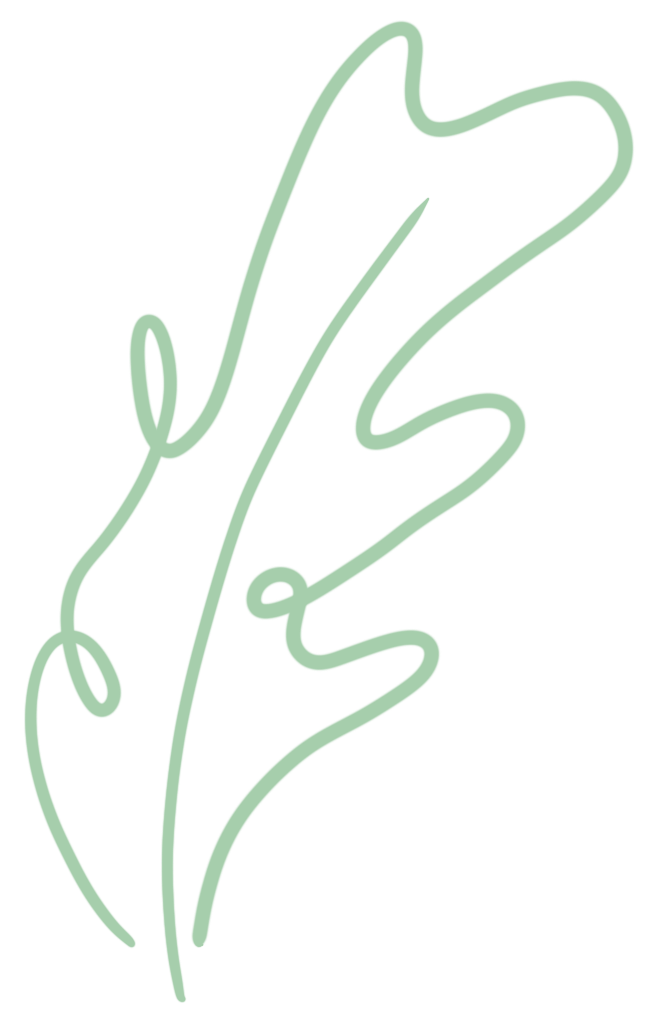
Sensor
Everyone is familiar with sensors, right? The voice-activated lights and variable frequency air conditioners we use in our daily lives rely on sensors to perform irreplaceable roles. So let’s take a look at some small knowledge about sensors!

Definition
A sensor is a physical device or biological organ that can detect and sense external signals, physical conditions (such as light, heat, humidity), or chemical compositions (such as smoke), and transmit the detected information to other devices or organs. The national standard definition of a sensor is: “a device or apparatus that can sense the specified measurement and convert it into a usable output signal according to certain rules, usually composed of a sensitive element and a conversion element.” The so-called “usable output signal” refers to signals that are convenient for processing, transmission, and utilization. Currently, electrical signals are the easiest to process and transmit. It is a type of detection device.

Function
Can be used for automatic detection and automatic control
To obtain information from the outside world, humans must rely on sensory organs. However, relying solely on human sensory organs is far from sufficient in studying natural phenomena and laws, as well as in production activities. To adapt to this situation, sensors are needed. Therefore, it can be said that sensors are an extension of human senses, also known as electrical five senses.

Characteristics of Sensors
Miniaturization
Digitization
Intelligence
Multi-functionality
Systematization
Networking

Classification of Sensor Working Principles
Physical Sensors
These utilize physical effects, such as piezoelectric effect, magnetostriction, ionization, polarization, thermoelectric, photoelectric, and magnetoelectric effects. Even minor changes in the measured signal will be converted into electrical signals.
Chemical Sensors
These include sensors based on phenomena such as chemical adsorption and electrochemical reactions, where even minor changes in the measured signal will also be converted into electrical signals.
Some sensors cannot be classified as either physical or chemical. Most sensors operate based on physical principles.

Sensor Classification
Pressure and Force Sensors

Position Sensors
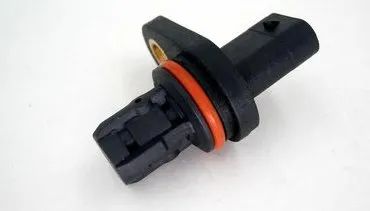
Level Sensors
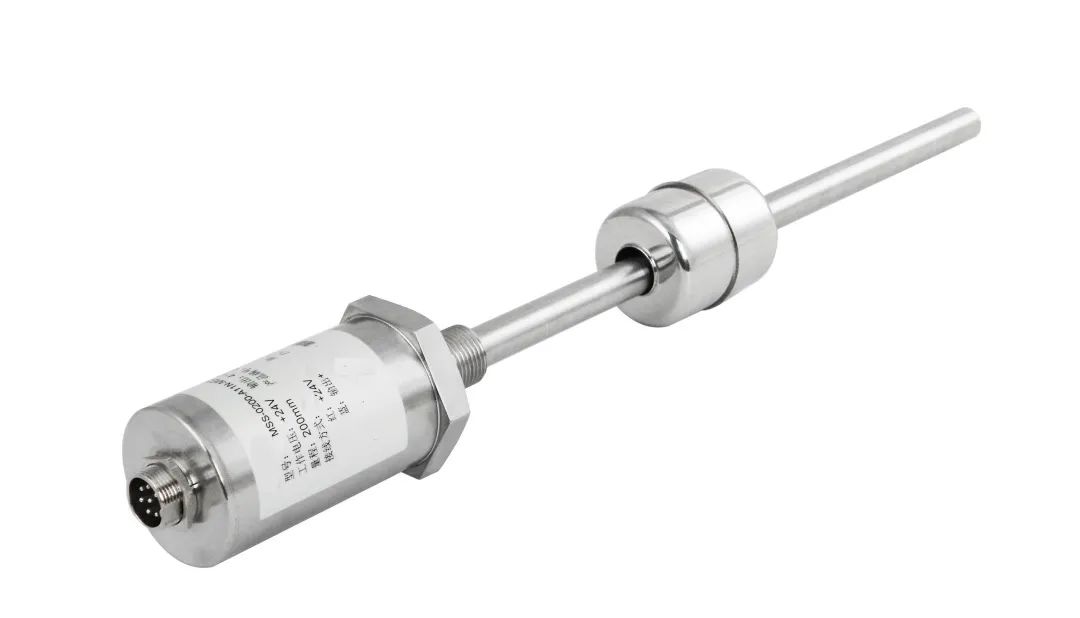
Accelerometer Sensors
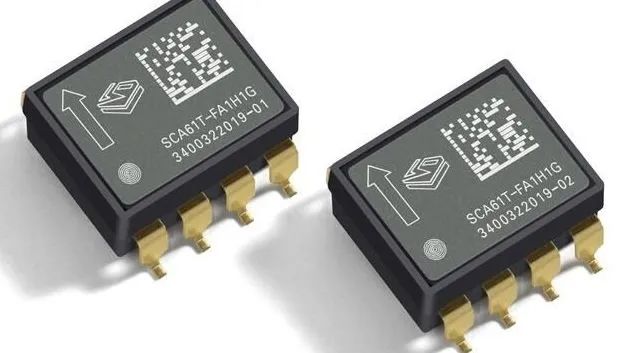
Radiation Sensors

Applications in Daily Life
Sensors commonly used in household appliances:
Automatic doors: using infrared sensors

Smoke alarms: using smoke-sensitive resistors to measure smoke concentration

Digital cameras: using optical sensors to capture images
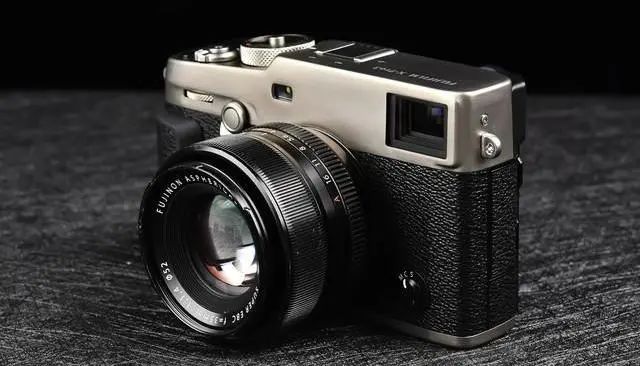
Electronic scales: using mechanical sensors
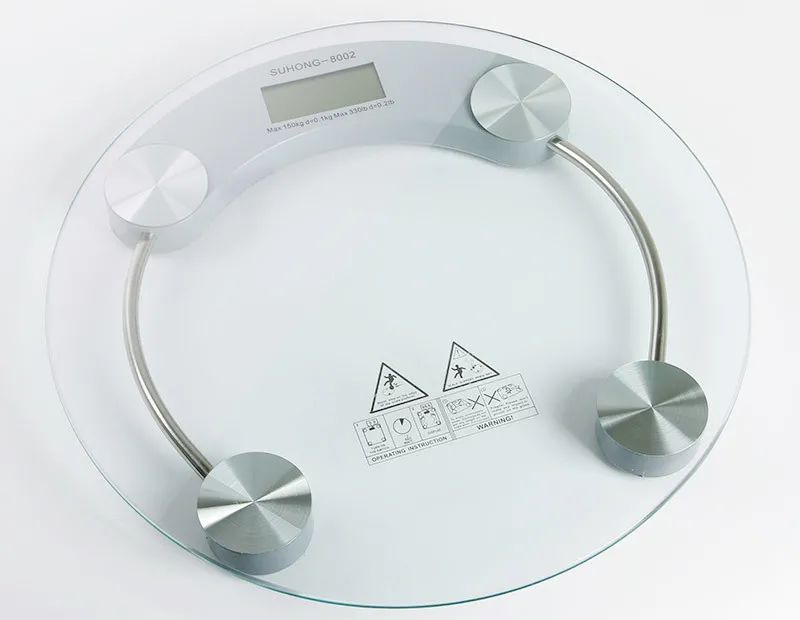
Sensors have long penetrated into extremely broad fields such as industrial production, space exploration, ocean exploration, environmental protection, resource investigation, medical diagnosis, bioengineering, and even cultural relic protection. It is no exaggeration to say that from the vastness of space to the vast ocean, and to various complex engineering systems, almost every modern project relies on various sensors.

\Scan to Follow Us\

WeChat Official Account||Biomedical Engineering Laboratory
If you have any comments or suggestions, feel free to send a private message to this official account,
Looking forward to your attention.
Contributed by: Kong Zhongyi
Final Review: Tu Peiqi